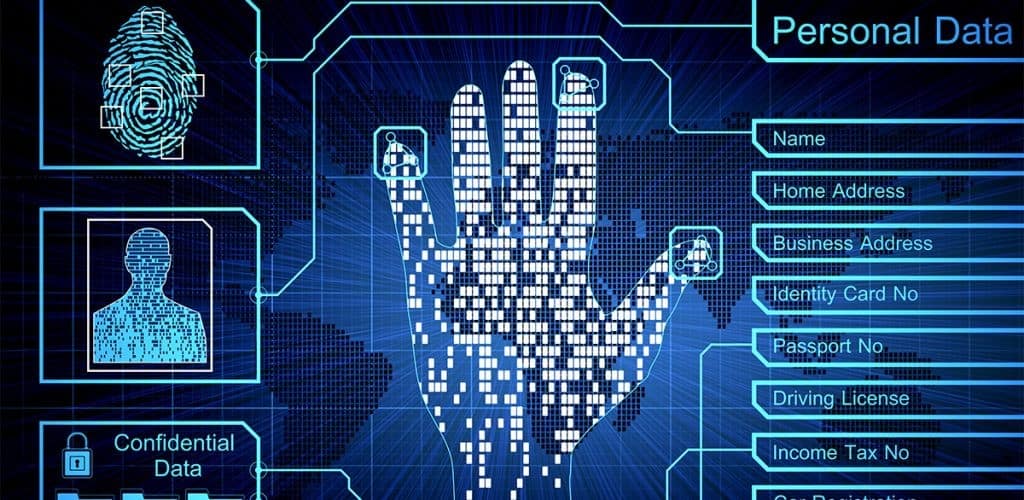Biometrics is not just an authentication tool anymore. Its character recognition capabilities are being used to run as a human resource management tool. Traditional ways to supervise the time and attendance of employees is over. As biometrics is affordable, efficient and accurate, the paper or card based trail of employees’ work cycle and work hours have been shunned.
Human resource department of every organization suffers the grind of employees trying to steal time or ask their colleagues to punch their cards. Biometrics puts an end to such issue for one and for all.

As the organization like schools, industries, enterprises and more have opened up to the adoption of disruptive technologies, Biometrics is wading deeper to change the way employee’s in time out time and more factors that impact the overall productivity are being monitored. The technology ensures no one can personify the employee’s fingerprints, Iris and face recognition as they are unique – it promises better control over productivity cycles.
How are companies deploying biometrics?
As technology is evolving better, compact, precise and hack-proof biometric system installation is paving the way into the ecosystem. This is great news for the industries where security matters the most. The kind of biometric parameters that are being used are:
Physiological
- Face
- Fingerprint
- Hand
- Iris
Behavioral
- Keystroke
- Signature
- Voice
Biometric Technology and productivity analysis
Employee time management is the only way to increase productivity. Biometric is being utilized in multiple ways and areas to monitor the time-in, time-out, work start and end time, system check-in time and more.
Biometric elements like voice, face shape, iris apart from fingerprints are being utilized to keep a check on the employee clock. Installation of sensors and comparing each scan against the database of records is the most accurate manner to keep a trail of attendance and hours of work put in. The multifold advantage of Biometrics goes beyond productivity management; it also offers higher security, curtails the overpayment and protection of business-critical information. Let us see how biometrics is benefiting the landscape of productivity analysis.
Benefits of Using a Biometrics for Productivity analysis
The element of validation that biometrics brings allows a control on work interruption and delays in terms of minutes and hours.
Productivity analysis includes determination of both value and non-value added work hours that can have a direct or indirect impact on the organization’s revenue. It also provides an opportunity to analyze and provide recommendations for efficient operations.
Let us talk about benefits:
Employee based Productive analysis
As biometrics allows capturing the biological traits of a single employee, it becomes easy to detect contribution and productivity at employee level rather than the team effort.
Accuracy of the analysis
Noting of in times and out times on a spreadsheet is susceptible to frauds. Biological attributes when scanned capture only appropriate time and details.
Prevents buddy punching
Buddy punching practices are very common and are impacting the turnaround times and revenue for the companies. It amounts to a recurring loss that heaps into millions of dollar every passing year. Biometrics systems have put a complete tap on it.
Prevention of time theft
Time Theft had reached a figure of 30% of the work time. Companies employed multiple avenues to curtail it and biometrics is one of them. Using fingerprints to unlock the computer screen and more promises each time the system locks it can be trailed and employee can be questioned on the time theft. It allows better prevention of the time theft without letting the employees feel they are being monitored.
Remote employee time tracking
If you are working with employees who work remotely, you must have faced the burn of delayed deliveries and time theft. All these issues root from being at a remote location where their working hours cannot be monitored. With biometrics, as soon as the employee logs in to the company network, his biometric credentials are recorded and the period of his presence (or absence) has an input.
Job satisfaction
Time management is often a source of job dissatisfaction among the employees. It’s very often that employees complain about the incentives, being given to employees who stay for more hours in the office. With biometrics, the employers can discern the productivity of employees as compared to just office hours leading to a better scale of judgment.
Makes employee comfortable
No employee likes to be monitored (or being stared at). Biometrics provides a way to sublty monitor the employees’ work hours and productivity. You can even question the employee if you find any discrepancy.
Maintain Audit trails
Biometric scanners collect employees’ data and records continuously recorded. The time management system uses these data to analyze employee’s productivity as it captures the entire audit trail. The result from this data analysis are sent through automated notifications to the employees to stay punctual and reduces longer breaks.
To wrap
Biometrics and its entire ecosystem have developed into a full-fledged technology support system to manage the employees’ working hours. As their traits cannot be replicated by anyone, the employees cannot disown the recorded timings.
Time management analysis also offers extreme accuracy and ensures the employees’ productivity increases when it comes to employees’ timing like login and log out.
The entire ecosystem offers many benefits to companies who believe productivity analysis is an important factor of organizational growth. Adopting biometrics is cost-efficient and induces more productive work cycles as the employees know their working hours(and overtime) are managed at a very granular and accurate level.
To find out more about how you can use Biometrics for your human resource management to improve productivity, please check our our BAS Productivity.
